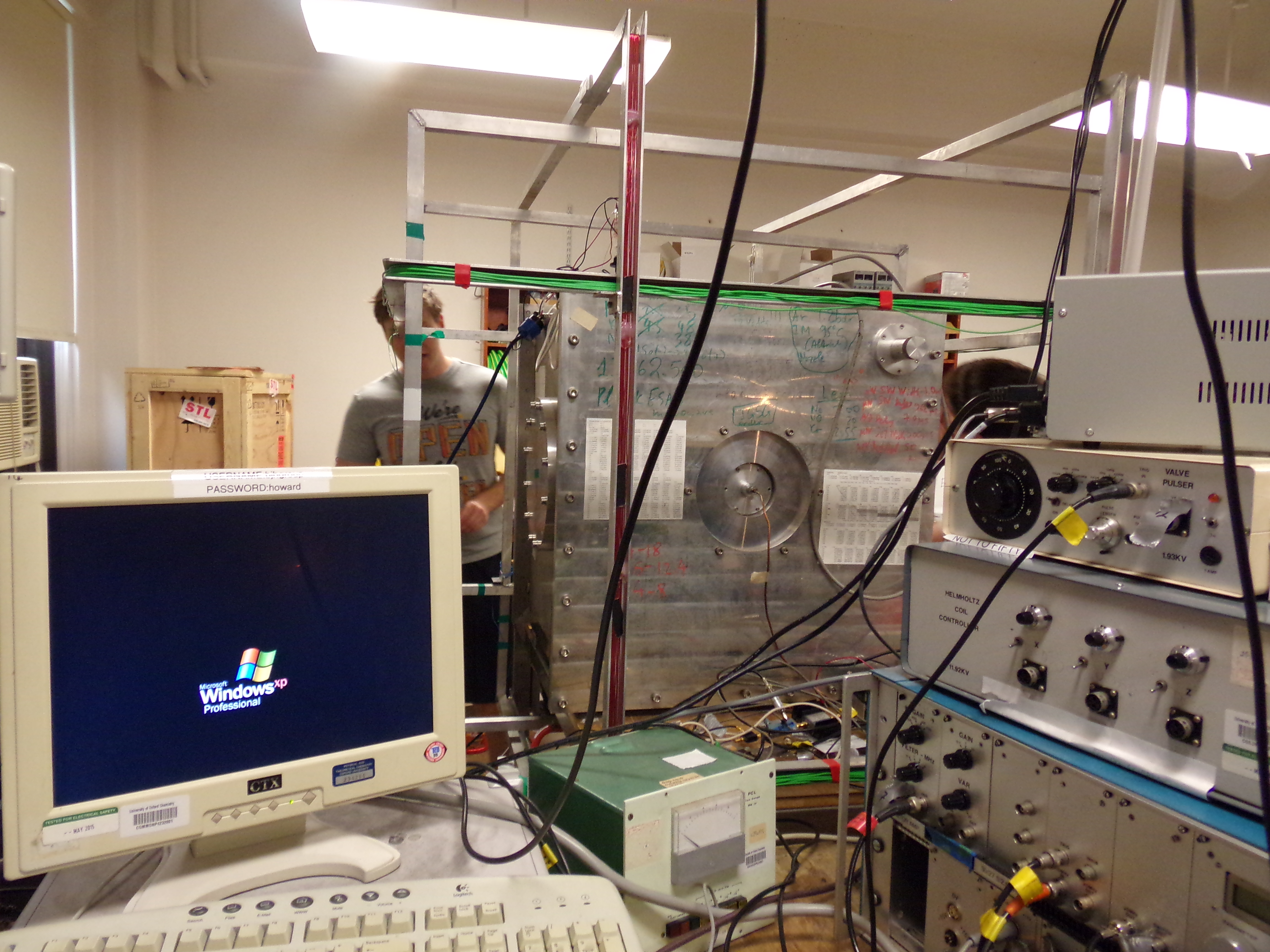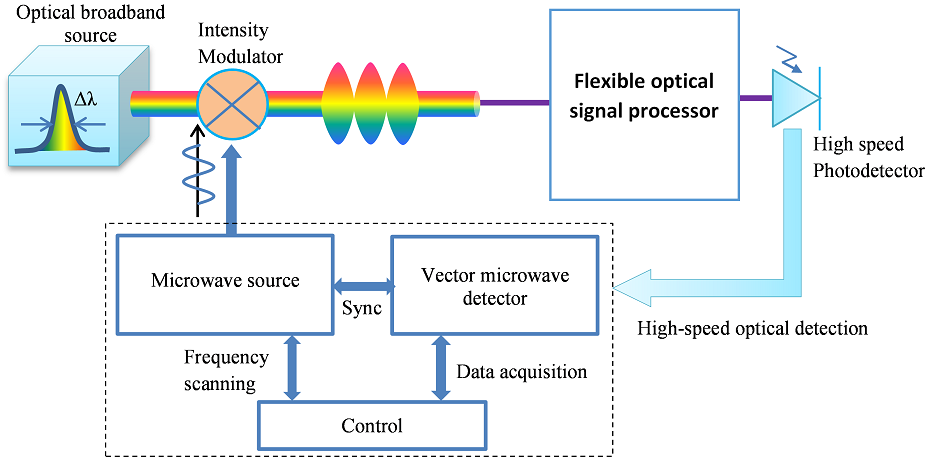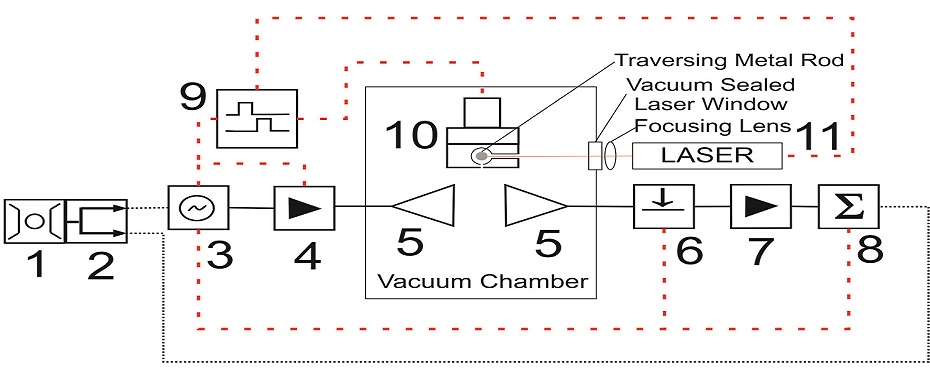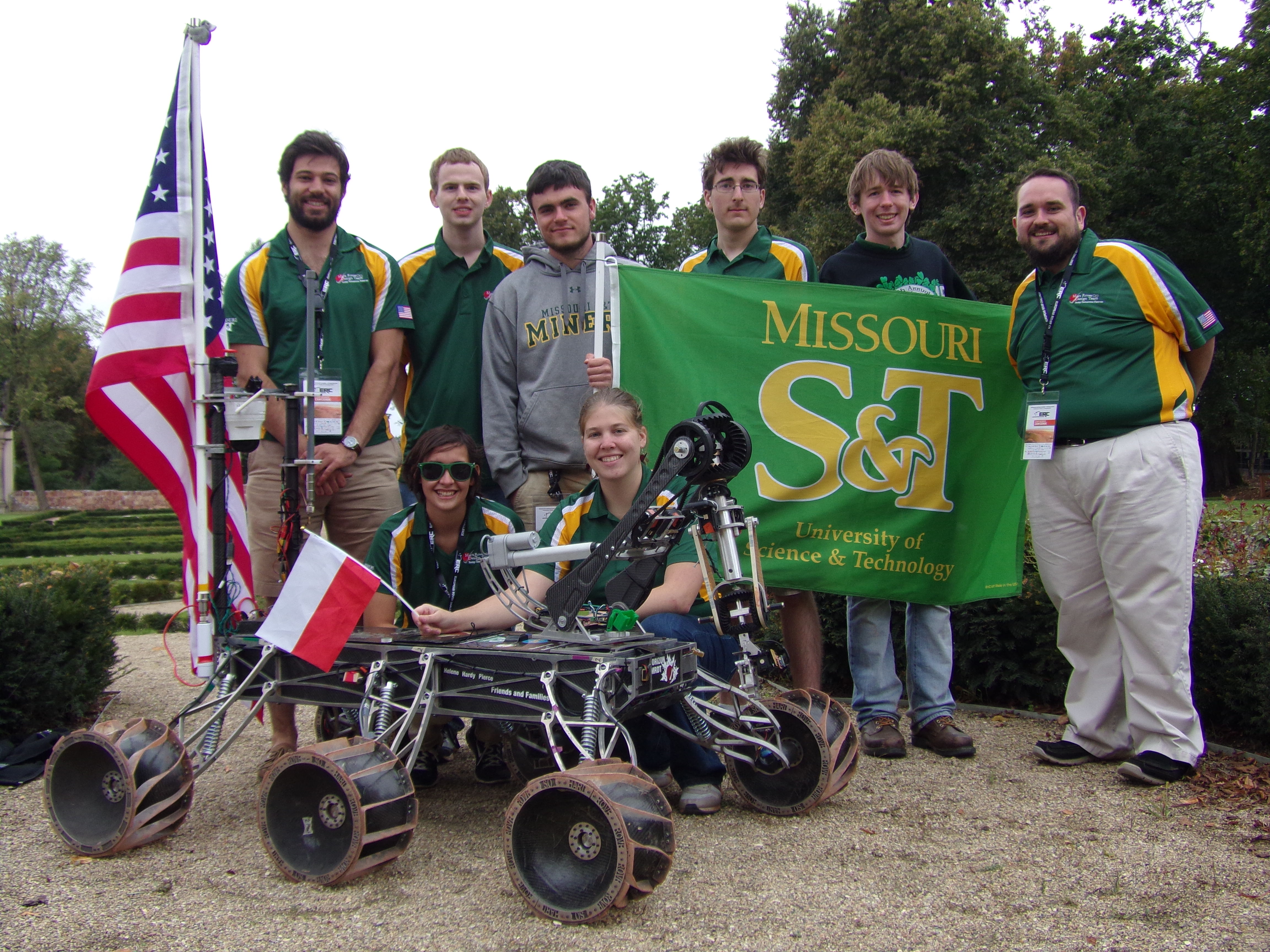Laser Ablation Sources
We are interested in the bonding motifs and interactions of low-lying periodic table metals. These atoms typically exhibit large spin-orbit coupling, relativistic effects, and strange electronic structure deviations predicted by periodic trends. High resolution, rotational spectroscopy provides valuable quantitative insight into the molecules and complexes these species make free from ligand or solvent effects. Computational chemists can then use these results as accurate, precise benchmarking tools that directly relate to the types of calculations they are trying to accomplish, providing overall improved predictive capability. In order to do this, though, sampling of the spectrometer must be in the gas phase. For this we have constructed a laser ablation source for the CP-FTMW.
Details of the Laser Ablation Source
All "typical" high-powered (≥0.5 kW) designs used by the Pate group or the "low-power" designs used by the Cooke group (5 or 10W), our instrument features a 40 W solid state amplifier with a TTL control to generate a polarization microwave pulse in ≤5 μs.
The spectrometer has already been employed to study multiple molecular systems. We are currently collaborating with Prof. Durig of UM-Kansas City to look at ring molecules along with collaborating with Profs. Sean and Rebecca Peebles on van der Waals interactions with large fluorinated organic species. We are currently in preparation of a manuscript on a few fluorinated organics highlighting the experimental details.
FTMW spectrometers
One FTMW instrument, functional in the 3-26 GHz range, has been reassembled from its original owner, designer, and constructor, Brian Howard at Oxford University. It features a good sensitivity (Q is on the order of 20000) while also having an ability to lower the Q value in order to broaden search regions with microwave foam. The system is automated and set up on individual software written by Brian Howard in-house. The spectrometer is fitted with Helmholtz coils to negate the Earth's magnetic field to aid in the determination of open-shell species.
Currently, projects with this instrument include searches for N2-O2 and CO-O2 van der Waals complexes.
High Frequency, Microwave Thermography, and Microwave Photonics
Our group is currently working on design and implementation of a 70-110 GHz microwave experiment. This is to be used on our actinide-containing molecules and complexes.
In addition to the high frequency spectrometer, we are collaborating with some professors at Missouri S&T in Electrical Engineering to work on microwave photonics spectroscopic and microwave thermography techniques.






